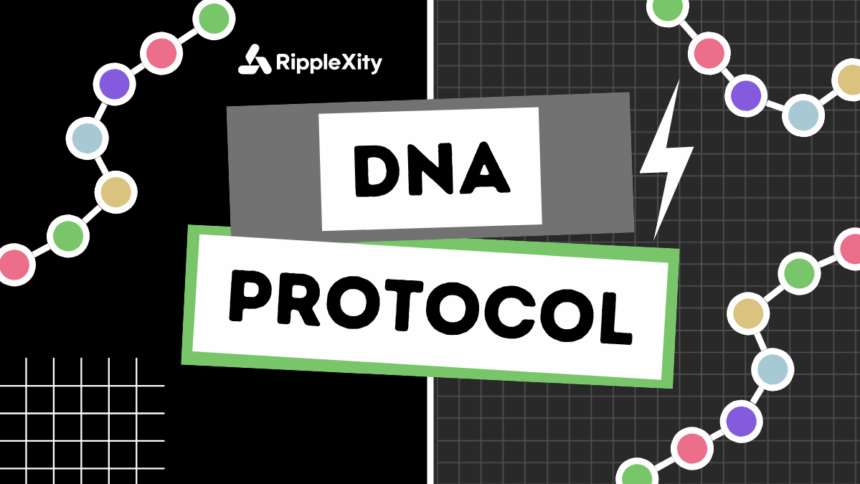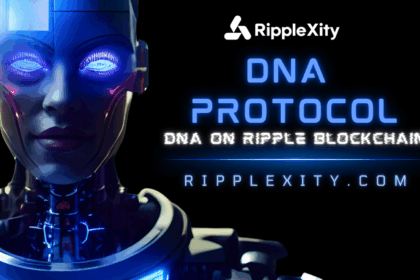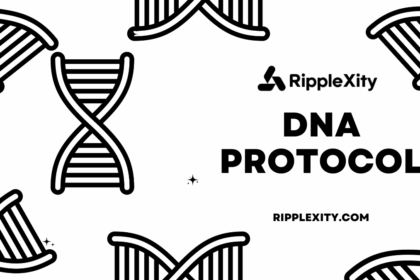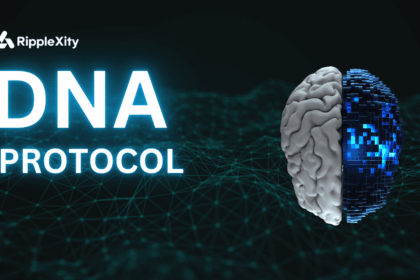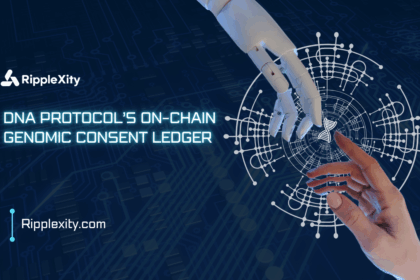Introduction
In an era where data is power, the DNA Protocol emerges as a pioneering force at the intersection of genomics and decentralized technology. Built on the XRP Ledger (XRPL), DNA Protocol aims to return ownership of genetic data to individuals—transforming the genomic landscape with transparency, sovereignty, and trustless infrastructure.
What Is DNA Protocol?
DNA Protocol is a decentralized framework designed to empower users with complete ownership and control over their genomic data. Through a combination of cryptographic hashing, on-chain proof-of-existence, and zero-knowledge consent architecture, the platform ensures secure data verification without exposing sensitive information.
Why Blockchain? Why XRPL?
By utilizing the XRP Ledger, DNA Protocol benefits from:
- High throughput: Transactions on XRPL are processed in 3–5 seconds.
- Cost-efficiency: Near-zero transaction fees make it scalable for genomic applications.
- Immutable records: Bio-identifiers and hashed genome snapshots can be anchored permanently.
- Regulatory clarity: XRPL’s evolving compliance ecosystem provides a solid foundation for healthtech and biotech innovations.
Key Components
1. GenomeChain™
A permanent ledger of hashed genetic sequences, this module creates a chronological trail of identity, mutations, and inherited attributes without exposing real genomic code.
2. Genomic Hashing
Each user’s DNA is converted into a unique BioHash using cryptographic protocols. These hashes are timestamped and written onto the XRPL, providing immutable proof of genetic state or changes.
3. ZK-Consent Engine
Using zero-knowledge proofs, users can consent to share parts of their genomic data with researchers or medical institutions without revealing the full sequence.
4. Genomic Synchrony Spectrum
This feature maps population-level genomic traits, allowing the comparison of anonymized, consented data across borders—enabling decentralized bio-research and epidemiology.
Token Utility
The DNA Protocol’s native utility token (launch forthcoming) will:
- Power ecosystem services (e.g., identity registration, hash submissions)
- Incentivize data providers through staking and reward models
- Facilitate consent-based transactions with institutions
Use Cases
- Decentralized Genetic Identity: A user’s genome becomes a secure identity primitive.
- Medical Research: Researchers access anonymized genomic data via on-chain requests.
- Disease Mapping: Decentralized submissions from around the world offer real-time insights into genetic trends.
- Forensics & Ancestry: Immutable genome snapshots can authenticate claims or verify lineage.
The Ethical Edge
DNA Protocol addresses deep ethical concerns surrounding data misuse. By ensuring data cannot be altered, sold, or accessed without explicit on-chain consent, the platform upholds genomic sovereignty—a concept long overdue in digital healthcare.
Conclusion
DNA Protocol is not merely a Web3 healthcare tool—it is the foundation of a new era in human identity, bio-data security, and decentralized medical advancement. As the protocol continues its development on the XRP Ledger, it sets a precedent for how deeply personal data should be handled: securely, privately, and always under the owner’s control.




